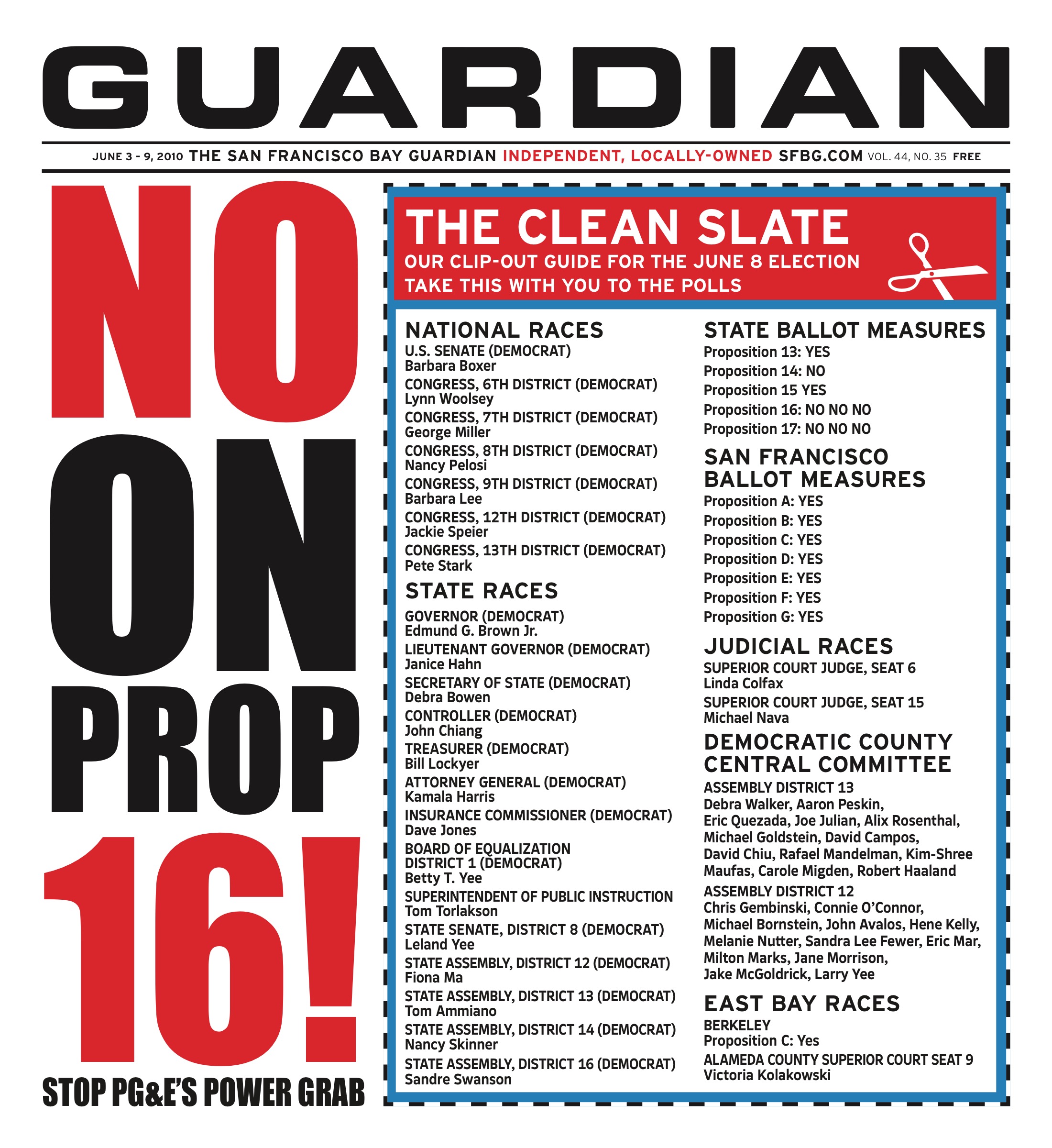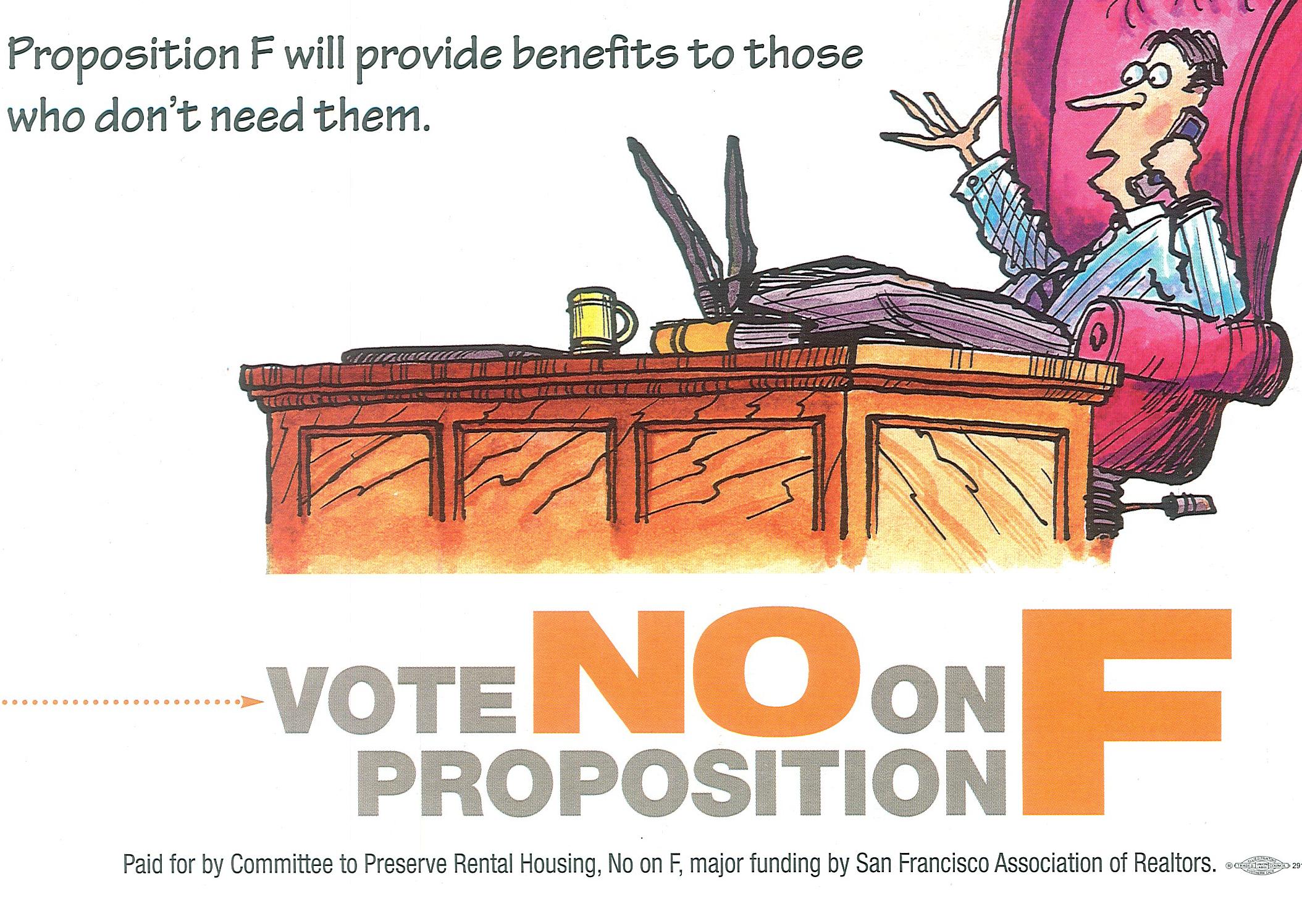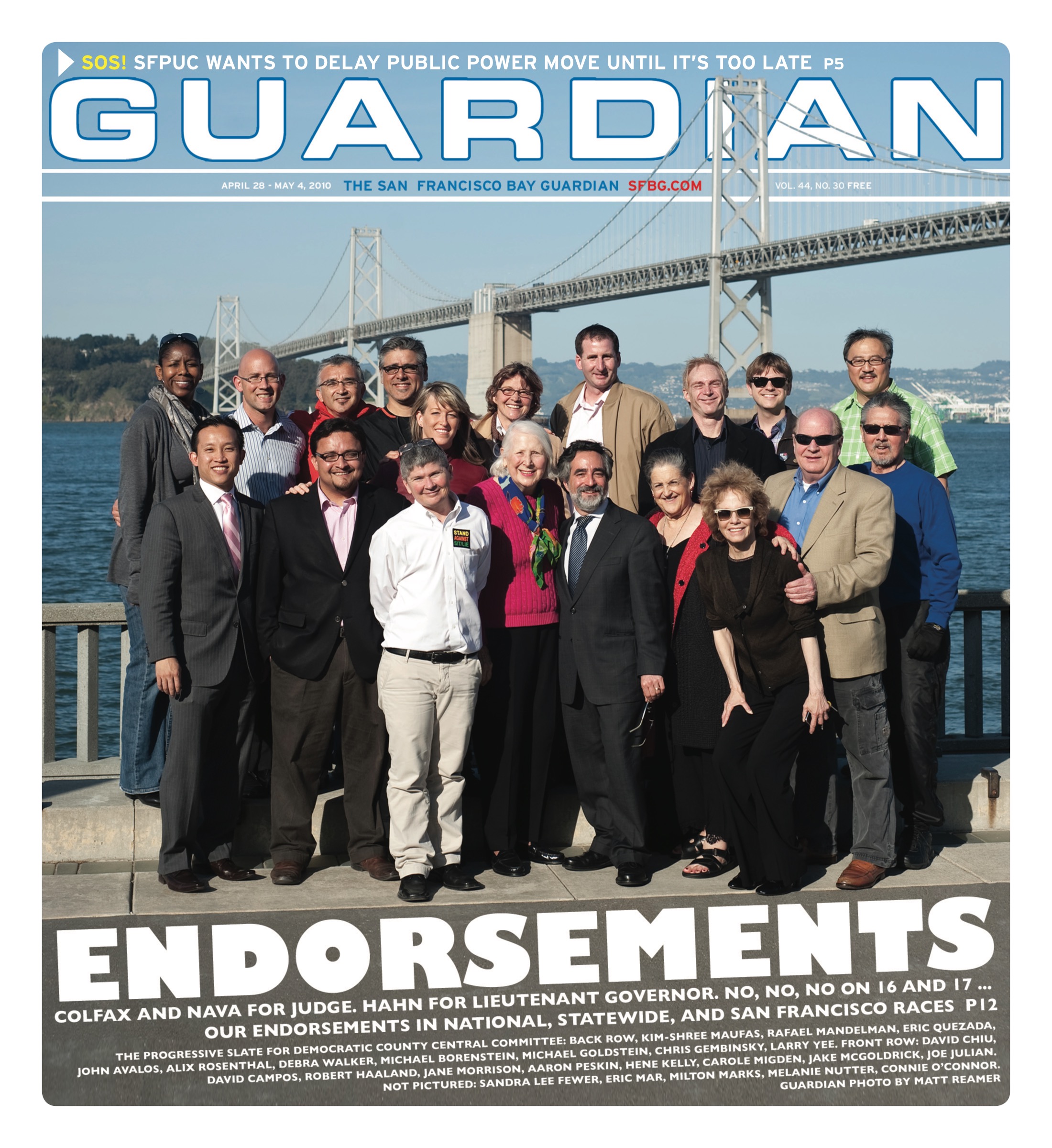A major redevelopment proposal at the Parkmerced housing complex is scheduled to go before the Board of Supervisors on March 29. Under the plan, developers intend to bulldoze 1,538 rent-controlled units and replace them with new units, which they’ve promised will stay rent-controlled with the same monthly rates for existing tenants. It’s a major overhaul which will nearly triple the number of units, transforming an entire San Francisco neighborhood, and it could take as long as three decades. So just who are the developers behind this plan?
It’s been more than a decade since hotelier Leona Helmsley, reviled as the “queen of mean,” and her real-estate partners made more than $300 million in the 1999 sale of Parkmerced. Helmsley, who died in 2007, was a storied figure with a distinctive wide mouth, arched eyebrows, and a reputation for running her New York luxury hotels with an iron hand. When she died, Helmsley left $12 million to her beloved poodle, Trouble.
She may not have been anyone’s favorite landlord, but Helmsley was a highly visible character in the public eye — in stark contrast with the current owner of the housing complex, a firm blandly titled Parkmerced Investors, LLC.
Court filings list Parkmerced Investors as a “Delaware limited liability company,” and an entry in a California Secretary of State database lists the LLC as having been incorporated in August of 2005. When it was created, it was listed with a Manhattan address identical to that of Stellar Management, the New York-based real estate company which manages Parkmerced. In 2005, Stellar Management and Rockpoint Group, an investment firm, purchased Parkmerced for about $675 million. They created Parkmerced Investors Properties LLC as a venture that would maintain ownership of the colossal property.
While Stellar continues to manage Parkmerced, the company was unable to keep up with its loan payments on the property last year, so in 2010, a new financial firm stepped in to take control and save it from default. In Sepetember of 2010, a minor change was entered into San Francisco property records — the address for the property owner, Parkmerced Investors Properties LLC, was changed from one Manhattan skyrise to another. The new address is identical to that of Fortress Investment Group, a private equity firm.
Fortress bought a roughly 75 percent stake in the venture that controls Parkmerced, according to a report in the San Francisco Business Times, in a deal which reportedly valued the entire property “at about $750 million.”
In an email, Parkmerced spokesperson P.J. Johnston noted, “I can’t discuss terms or details of the owners’ investments, but I can confirm that Fortress and Stellar are the owners and operators of Parkmerced.” In an earlier email, he noted that “Parkmerced Investors LLC has been the owner since 2005, and remains the owner. Fortress came on as a lead investor last year. Stellar continues to manage the property.”
So who’s behind Fortress? The firm was profiled in Vanity Fair in 2009 in a lucid account of how investors vaulted to billionaire status in the mid-2000s.
“On February 9, 2007, a company called Fortress Investment Group began trading on the New York Stock Exchange,” notes Bethany McLean’s Vanity Fair article. “Fortress, which both runs hedge funds and makes private-equity investments, was part of the seemingly miraculous wave of money begetting more money, in which people who managed others’ fortunes made even greater fortunes for themselves. Those who thought they’d found a way to get in on the miracle snapped up Fortress’s shares. The stock had been priced at $18.50 the day before and promptly shot up to $35 when trading began in the morning. By the end of the day the five principals of Fortress — all youngish men who were present on that winter morning to ring the bell at the N.Y.S.E. — were worth a combined $10.7 billion.”
Fortress is a Manhattan-based firm with offices in London, Shanghai, Tokyo, Los Angeles, San Francisco, and other worldwide metropolitan hubs. Its directors hailed from Lehman Brothers and Goldman Sachs. Fortress’ luck soured with the onset of the financial crisis, and it was highlighted in Forbes magazine as one of the biggest losers of the recession. These days, its stocks are valued in the $5-to-$6 range, yet it still seems to be regarded as big deal as far as global investment firms go — its website boasts $44.6 billion in “assets under management.”
Fortress’ CEO, Daniel Mudd, made the news recently because the Securities & Exchange Comission (SEC), a federal agency which regulates financial entities, has apparently been taking a hard look at how Mudd performed at his old job. Prior to joining Fortress in 2008, Mudd served as CEO of Fannie Mae, the monstrous government-backed mortgage company that was placed in a government conservatorship in August of 2008. Recent news reports noted that Mudd had received a notice from the SEC informing him that he might be under investigation, and could face civil action for “allegedly misleading investors about the mortgage company’s exposure to subprime loans,” according to Reuters.
That could prove to be a big deal. A report of the Federal Commission of the Financial Crisis, convened after the economic crisis to sort out what went wrong, flagged mortgage giants Fannie Mae and Freddie Mac as key players in the dysfunctional trading system that brought on the mortgage meltdown, precipitating the nation’s steep market decline.
“Their $5 trillion mortgage exposure and market position were significant,” the federal report notes, referring to the government-backed mortgage giants. “In 2005 and 2006, they decided to ramp up their purchase and guarantee of risky mortgages, just as the housing market was peaking. They used their political power for decades to ward off effective regulation and oversight — spending $164 million on lobbying from 1999 to 2008. Through the third quarter of 2010, the Treasury Department had provided $151 billion in financial support to keep them afloat.”
For the tenants of Parkmerced, the revelation that their homes are under the financial control of a firm directed by someone who was in the eye of the storm when the mortgage crisis hit is none too comforting. A story about Mudd’s SEC notice was recently posted on a Facebook page maintained by the Parkmerced Action Coalition, a group of tenants that’s publicly opposed the redevelopment plan.
As part of the Parkmerced project approval, the city will enter into a long-term development agreement with Parkmerced Investors LLC which hammers down the plan to replace all existing rent-controlled units, even though the law only guarantees rent control on units built before 1978. Tenant advocates have raised concerns over whether this agreement could withstand a challenge court, but mayoral development advisor Michael Yarne sought to assure tenants that the deal was ironclad when he spoke at a December planning commission meeting. He said the document had been drafted with input from the city attorney, and that the city would not leave residents vulnernable to a loss of affordable housing.
Meanwhile, an independent financial analysis drafted by CB Richard Ellis Consulting to provide the city with objective financial information found that if Parkmerced Investors LLC went ahead with the project as planned, adhering to all the terms of its binding development agreement, the project “may not be economically feasible.” That’s because it would generate a lower estimated internal rate of return, 17.8 percent, than the 20 percent that is generally considered attractive to real-estate investors. However, the report also suggested that this lower-than-average estimate could be offset by income from rent, which would mitigate the risk.
As part of the analysis, the consultants looked at how the project’s internal rate of return would change under hypothetical scenarios. Under the so-called “tested scenario” where developers opted to “eliminate rent-controlled replacement unit program” in favor of building market-rate units instead, the project’s rate of return would rise to 19 percent, according to the report. And if Parkmerced Investors LLC abandoned the community improvements it’s signed up for, such as a new MUNI line, organic farm, and athletic fields — as well as ditched the rent-control unit replacement plan — the project’s rate of return would jump up to 23 percent, according to the consultant’s estimate, making it much more attractive to investors.
In other words, it would be in the best financial interest of the developer not to uphold its promises under the development agreement. But that is purely hypothetical, noted consultant Mary Smitheran.
The development agreement says Parkmerced Investors LLC must adhere to its obligations, and the binding document is meant to stay with the property even if the housing complex changes hands. All along, developers and city officials have assured residents that there is no way they will lose their rent control. Going by the math, however, it’s easy to see why tenant advocates perceive an incentive for the developer to try and have the agreement struck down in court after it’s been granted approval to build.
For decades, Parkmerced has provided affordable housing for seniors, families, working-class residents, and others from a mix of economic backgrounds.
“With these private equity firms, these guys are major owners of multifamily housing, and nobody knows anything about them,” noted Dean Preston of San Francisco-based renters’ rights organization Tenants Together. “Somehow, because they have an ‘LLC’ after their name, nobody’s paying much attention to who’s behind them.”





















